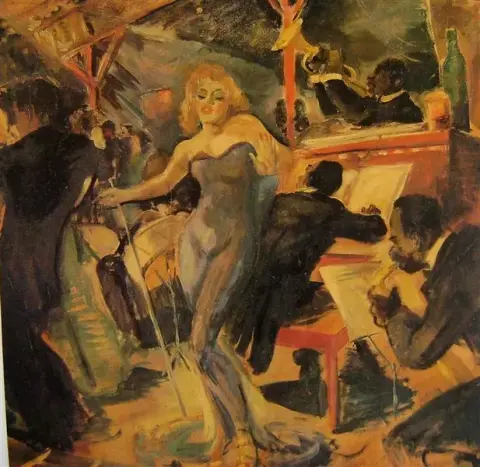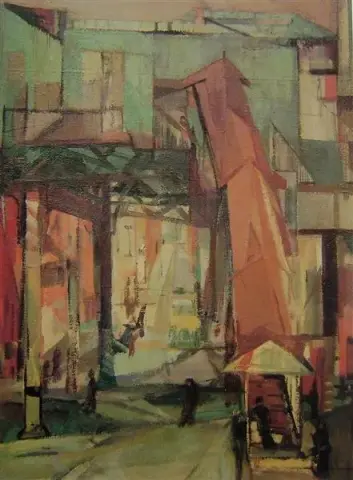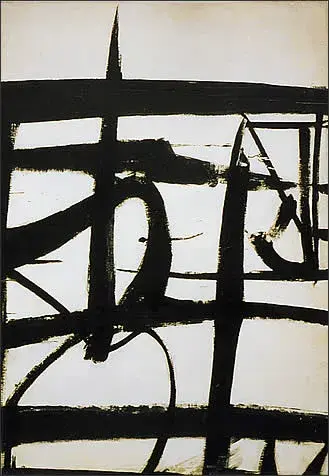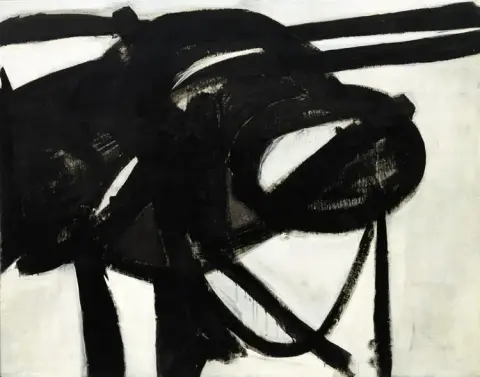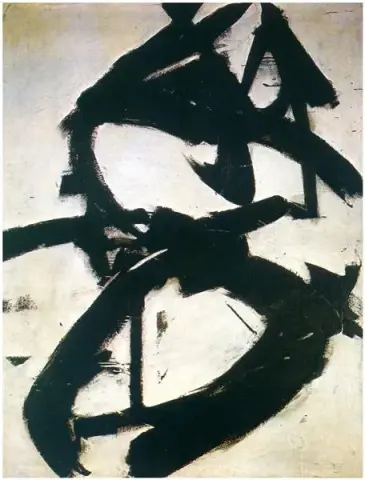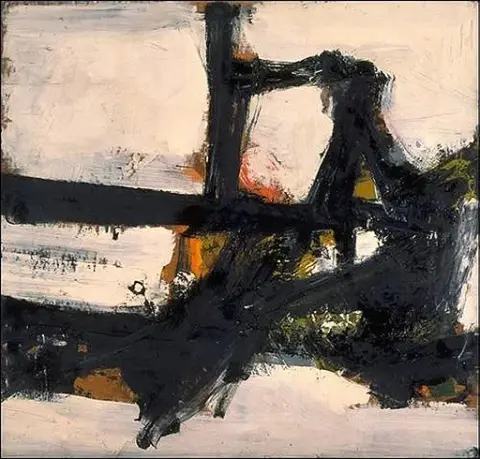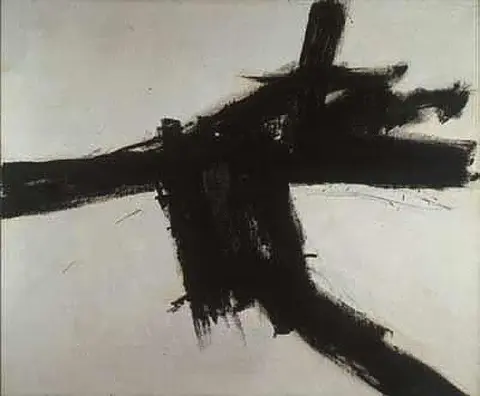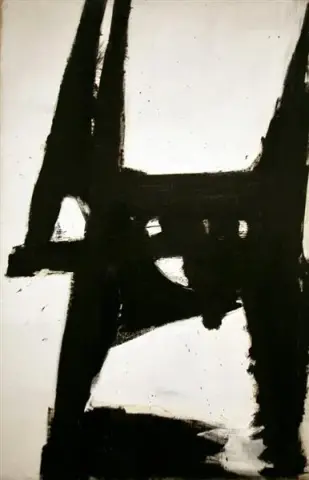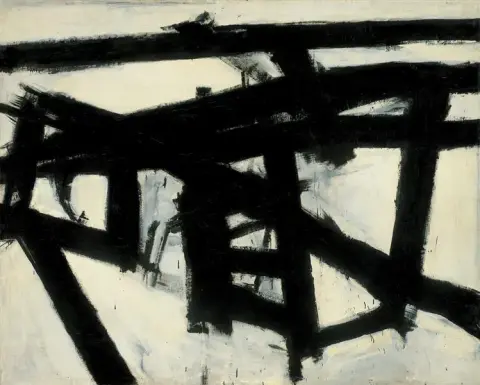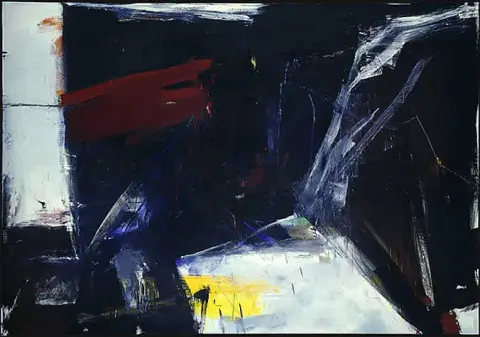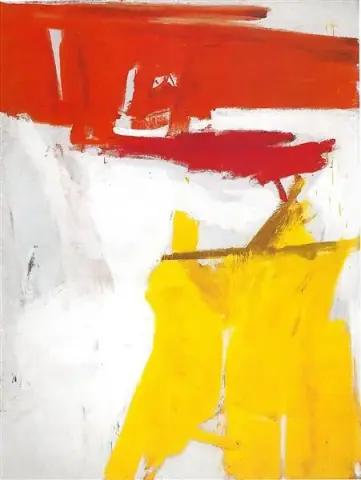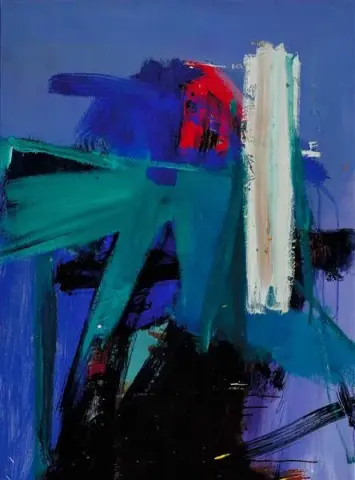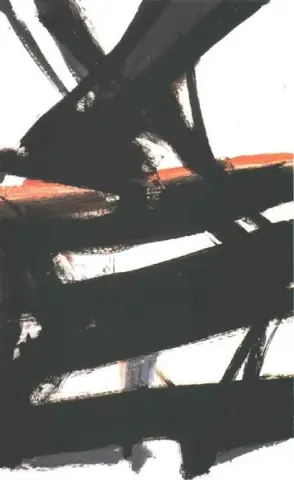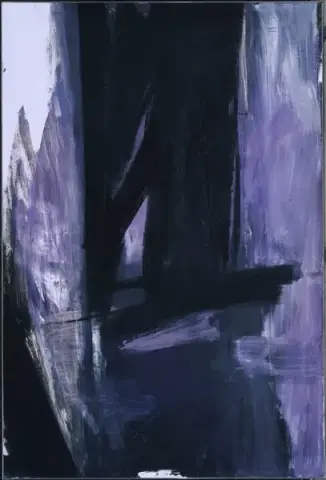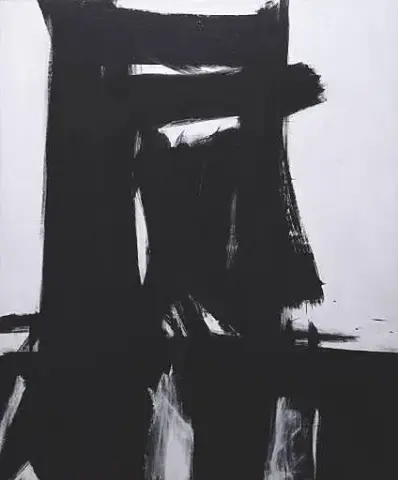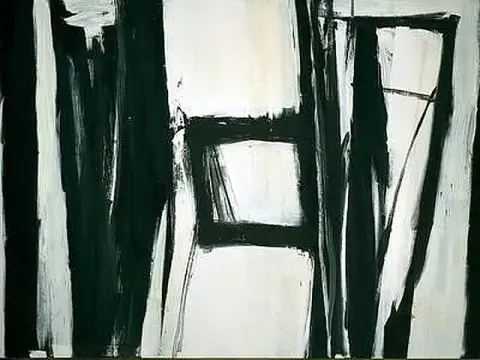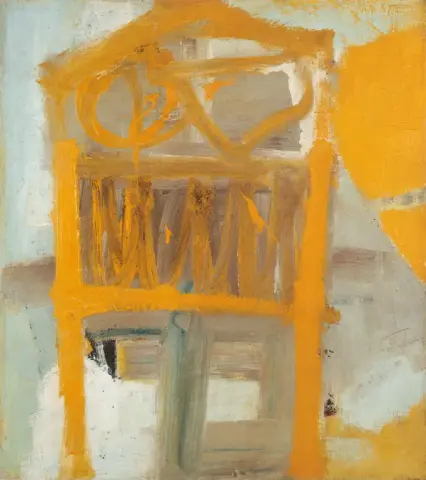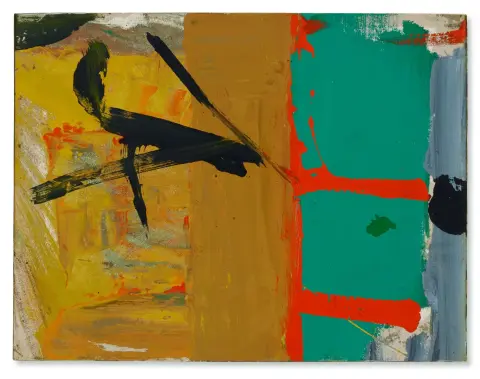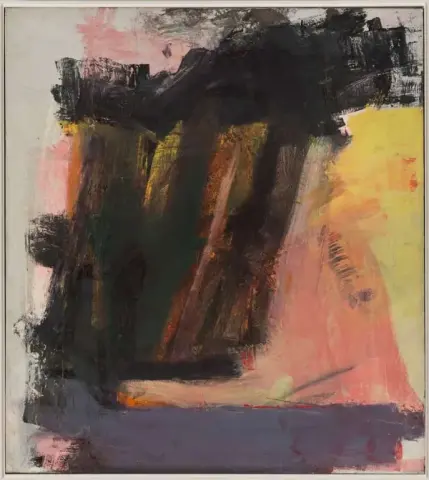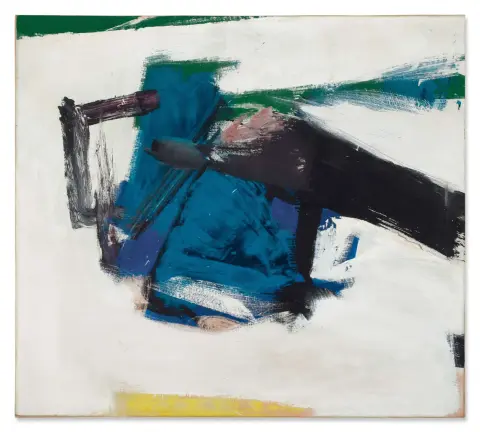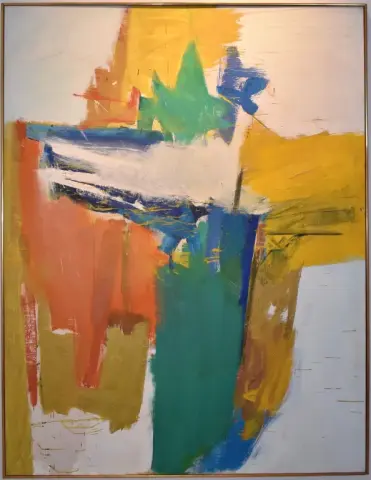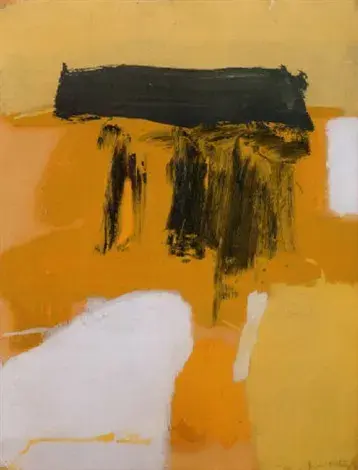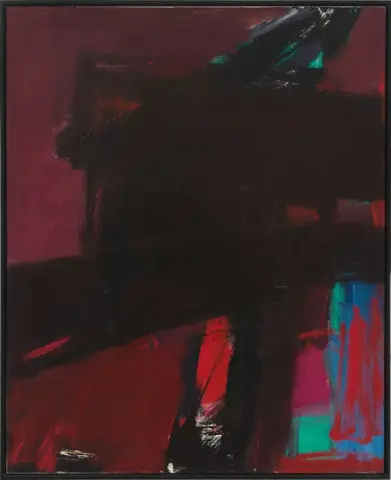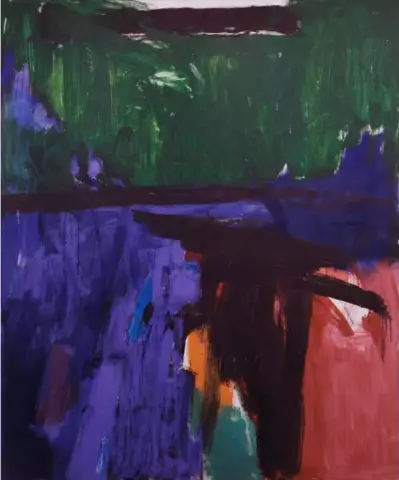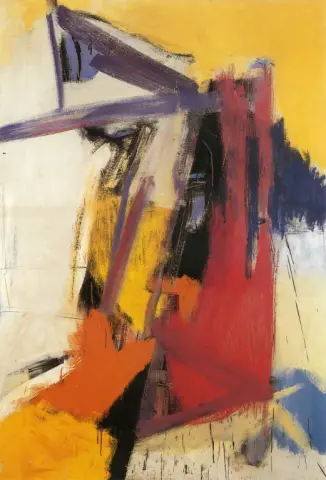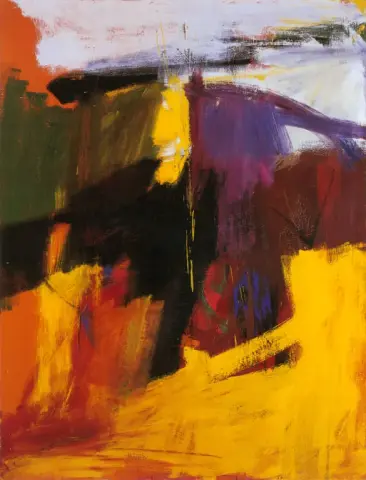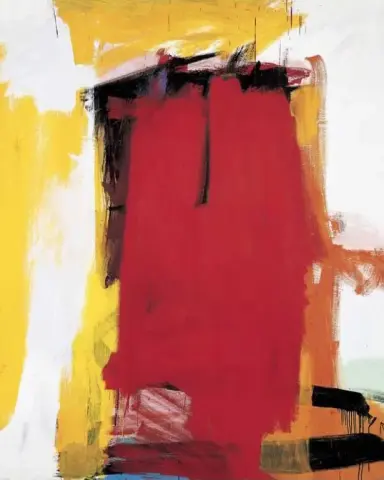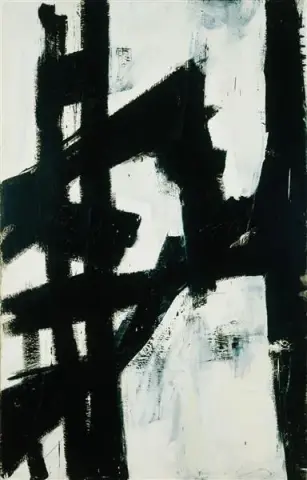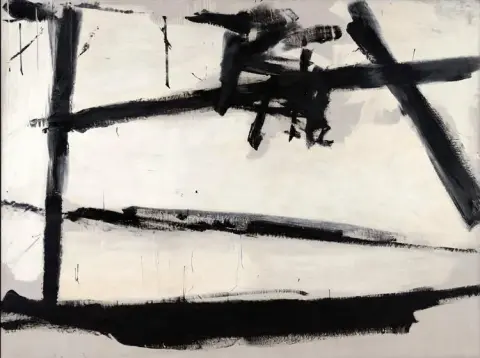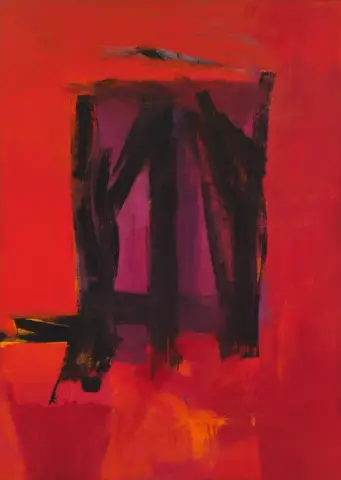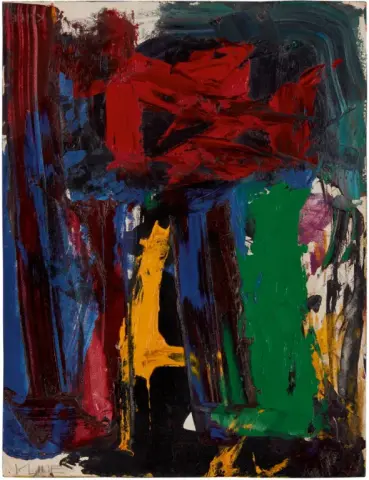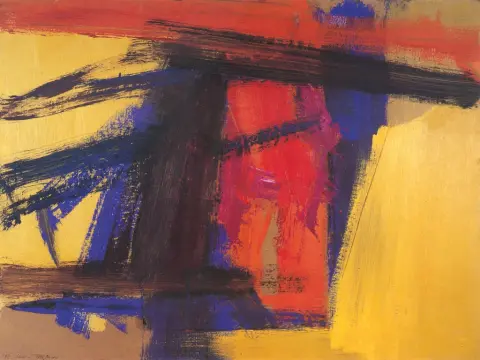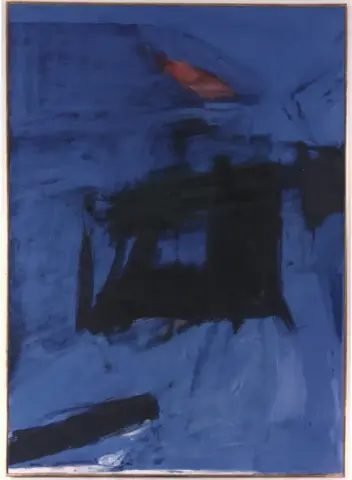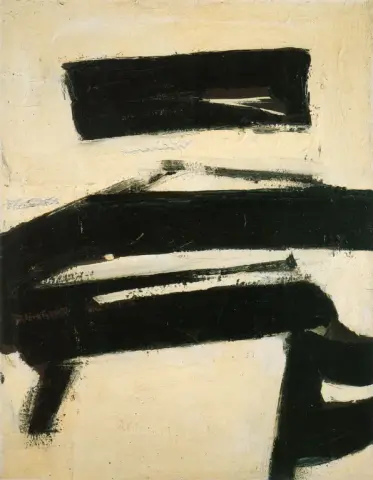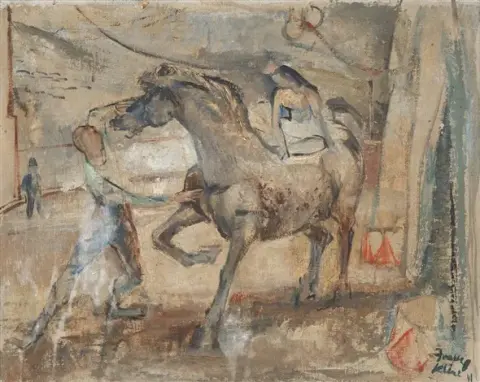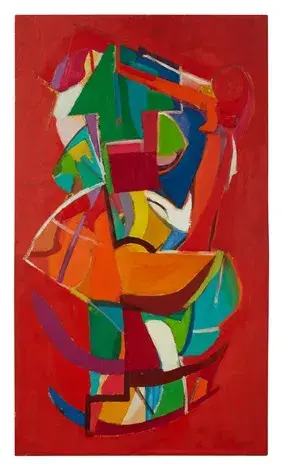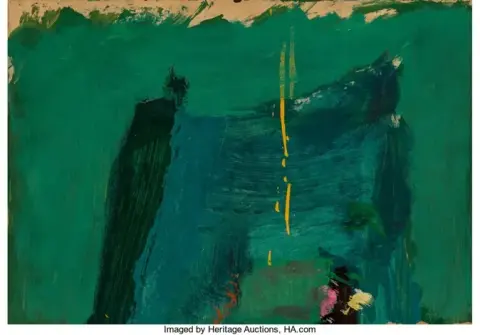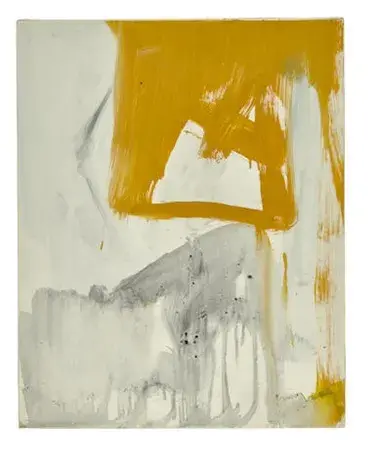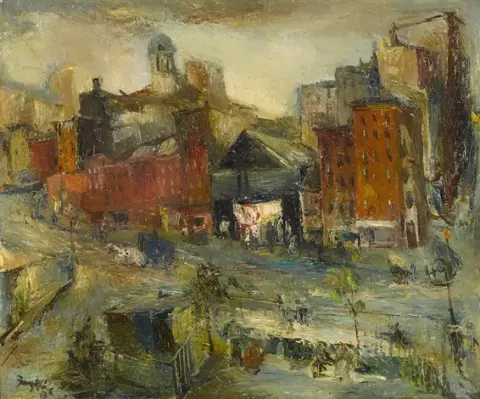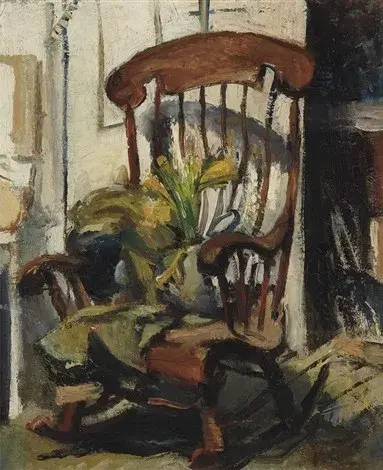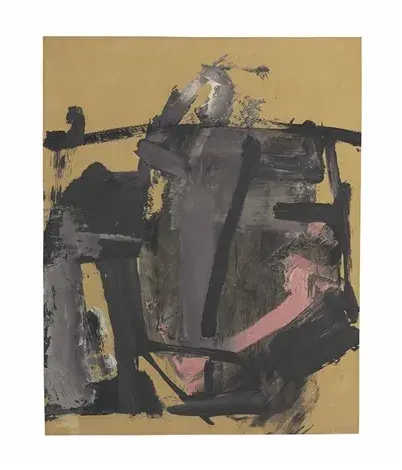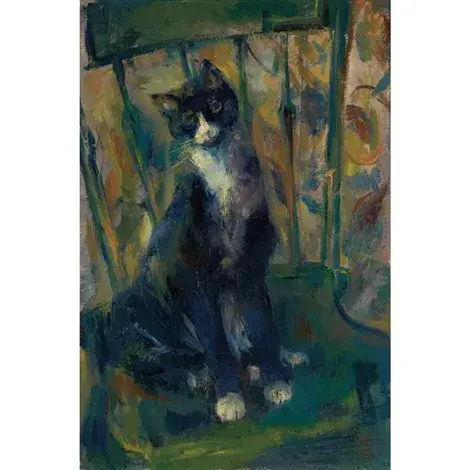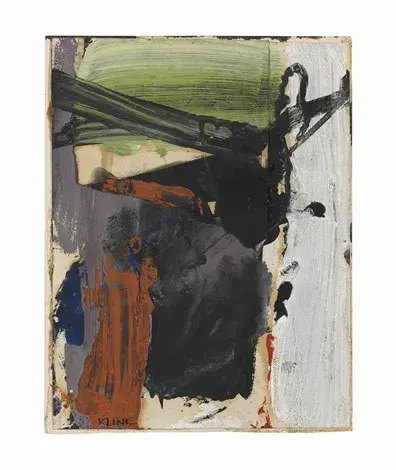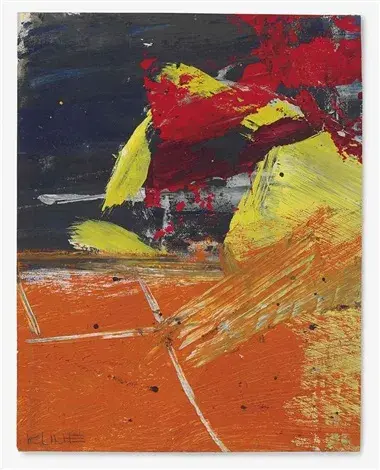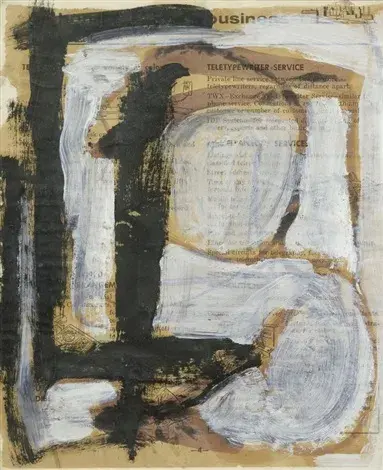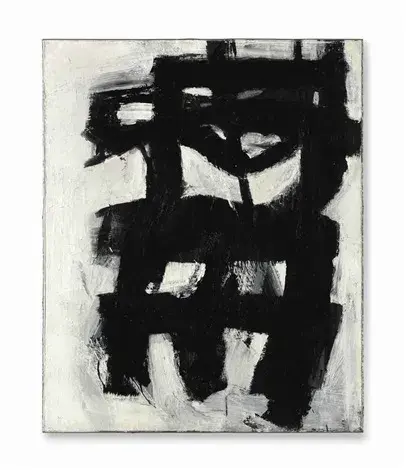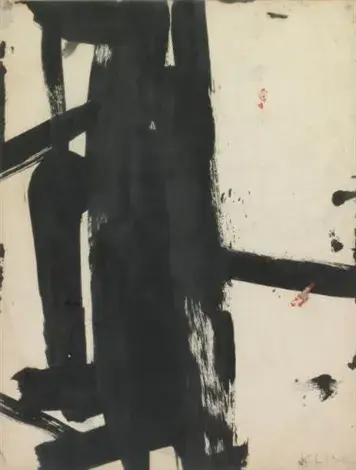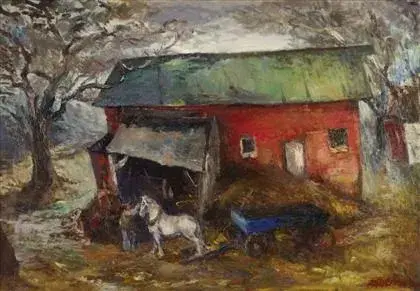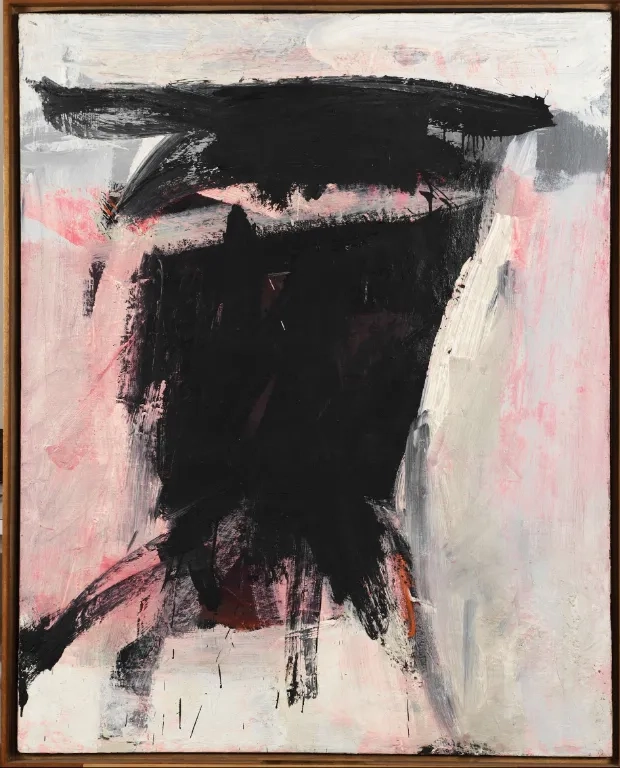
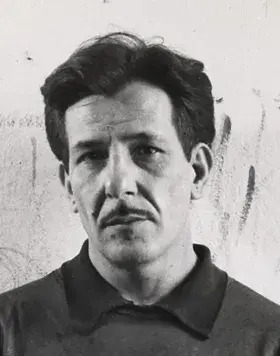
Hand painted reproductions of Franz Kline
Franz Kline: An artist of Abstract Expressionism
Franz Kline (1910–1962) was an American painter renowned for his bold, gestural black-and-white compositions that became a hallmark of Abstract Expressionism. His dynamic brushwork and striking contrasts captured the raw energy of modern art, distinguishing him from his contemporaries. Kline’s legacy endures as one of the defining figures of the movement, inspiring artists with his innovative approach to form, space, and abstraction.
Early Life and Education
Born in Wilkes-Barre, Pennsylvania, in 1910, Franz Kline grew up in a working-class environment that later influenced his industrial aesthetic. He studied at Boston University and later at the Heatherley School of Fine Art in London, where he refined his draftsmanship and painting techniques. Upon returning to the United States, Kline moved to New York City and immersed himself in the evolving modern art scene.
Initially influenced by realism and illustration, Kline's early works depicted urban landscapes and portraits. However, his artistic direction shifted dramatically in the late 1940s when he began experimenting with abstraction, drawing inspiration from the raw energy of industrial structures, calligraphy, and the expressive potential of black and white.
Artistic Development and Style
Franz Kline’s transition to Abstract Expressionism was largely facilitated by his interactions with avant-garde artists, including Willem de Kooning and Jackson Pollock. His breakthrough moment came when de Kooning suggested he project his small ink sketches onto a larger surface, revealing the power of his gestural brushstrokes.
Kline’s signature style is defined by massive, sweeping black strokes on white backgrounds, creating compositions that convey movement, tension, and intensity. Unlike Pollock’s chaotic drip paintings, Kline’s works maintain a structured, architectural quality, reflecting his fascination with bridges, steel girders, and industrial landscapes.
Themes and Significance
Kline’s paintings are often interpreted as visual manifestations of energy and structure. His monochromatic palette emphasizes the purity of form and gesture, eliminating distractions of color to focus on the essence of movement. His work suggests influences from Japanese calligraphy, yet it remains deeply rooted in the American experience, evoking the urban landscapes of New York and Pennsylvania.
Despite their abstract nature, Kline’s works carry emotional weight, embodying both aggression and elegance. His paintings, such as "Chief" (1950) and "Mahoning" (1956), are celebrated for their ability to evoke powerful, almost architectural presences while remaining entirely non-representational.
Achievements and Influence
Franz Kline played a crucial role in shaping the trajectory of Abstract Expressionism. His participation in exhibitions at the Betty Parsons Gallery and later at the Sidney Janis Gallery solidified his reputation among the leading figures of the movement. His works were featured in the Museum of Modern Art (MoMA) and the Venice Biennale, earning him international recognition.
Kline’s influence extended beyond his lifetime, inspiring Minimalist and contemporary abstract artists. His emphasis on gesture and the physicality of painting resonated with later movements, including Neo-Expressionism and street art. His ability to fuse spontaneity with structure continues to captivate art lovers and scholars alike.
Legacy
Franz Kline’s contributions to modern art remain indispensable. His daring approach to abstraction, combined with his intense, expressive brushwork, cemented his status as a pivotal figure in post-war American painting.
Today, Kline’s paintings are housed in major museums worldwide, including the Museum of Modern Art (MoMA) in New York, the Art Institute of Chicago, and the Tate Modern in London. His works command significant attention at auctions, a testament to their lasting impact on the art world.
Where to Find Reproductions of Franz Kline’s Art
High-quality reproductions of Franz Kline’s works are available through Painting On Demand (POD). These prints and canvases allow admirers to bring the raw energy of Kline’s work into their personal spaces, making his revolutionary aesthetic accessible to a broader audience.
Franz Kline’s paintings are more than mere visuals, they are powerful expressions of movement, emotion, and artistic freedom. His art invites viewers to engage with abstraction on a visceral level, ensuring his place among the giants of modern art.
Imagine owning an original-style painting by one of the greatest artists in history. At POD, we offer you the chance to make this dream a reality. Each canvas is faithfully reproduced down to the smallest detail, allowing you to experience the beauty of the artist’s vision in your own home.
Our reproductions are crafted by experienced painters using the finest materials and time-honored methods. We are committed to delivering works of exceptional quality that will inspire and bring joy to your family for generations to come.

